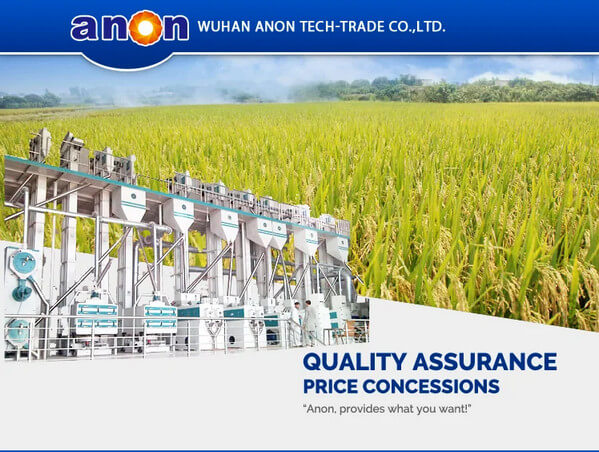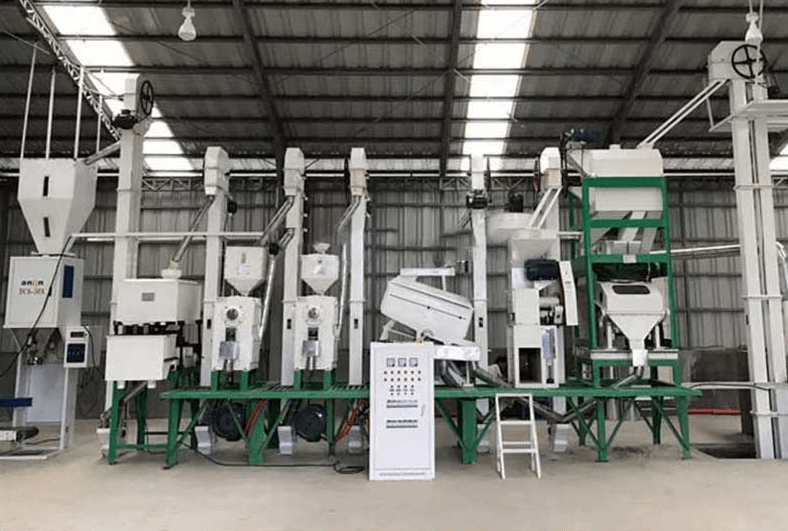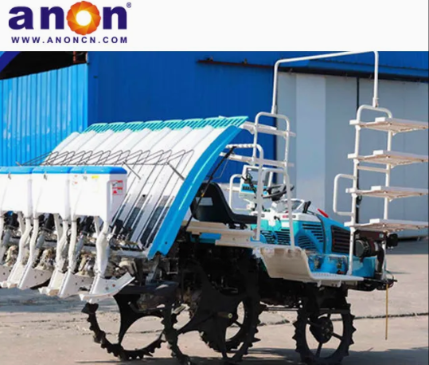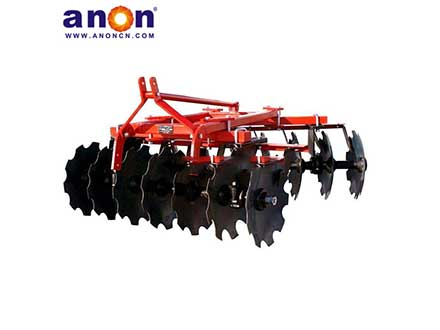Introduction
White rice and parboiled rice are two common types of rice found in the market. Both are high-quality products with their own advantages and value. As people demand better quality and higher nutritional value from rice, choosing the right rice processing method becomes important for rice mills. Selecting the right type can help you secure a strong position in the market. This article will compare white rice and parboiled rice to help you make the best choice.
The Difference between Parboiled Rice and White Rice
Definition

White Rice
White rice is produced by refining paddy rice through multiple steps, including cleaning, hulling, and milling. The process removes the husk, bran layers, and germ from the rice. White rice appears completely white, and the yellow tip of the germ is no longer visible because the outer layers have been polished away, leaving only the inner endosperm. Compared to other types of rice, white rice loses more nutrients during processing, with a nutrient retention rate of less than 5%. However, consumers love white rice for its smooth texture, bright color, and appealing taste.

Parboiled Rice
Parboiled rice is made from paddy rice that keeps its husk during early processing. The rice first goes through cleaning, soaking, steaming, drying, and cooling — a series of hydrothermal treatments. After that, it is hulled and milled following the normal rice milling process. During the hydrothermal treatment, soluble vitamins and minerals from the husk and bran layers move into the endosperm. Parboiled rice keeps the germ intact, improves starch structure, and has a lower glycemic index. It retains over 87% of its original nutrients, making it especially suitable for people with diabetes. Parboiled rice has a light yellow, honey-like color. It is known as a healthy and green rice and is very popular in markets like Europe, America, and the Middle East.
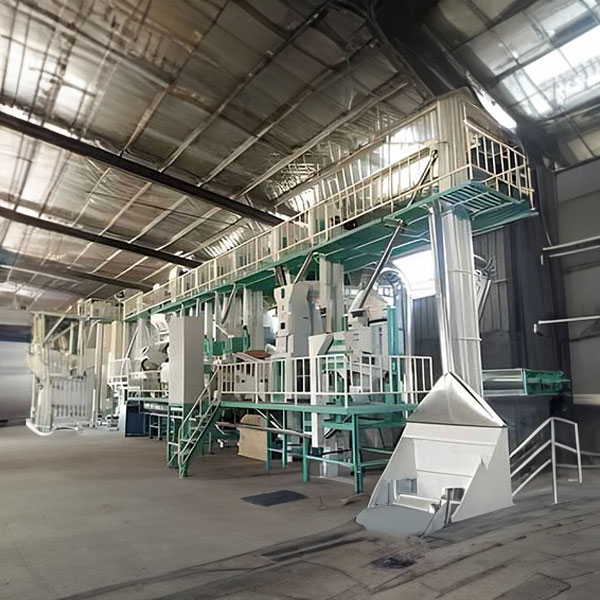
Processing Steps
White Rice
Cleaning
Before processing, it is necessary to clean the paddy using machines like cleaning screens and destoners. During harvesting and threshing, broken straw, clods, and stones often mix into the paddy. These impurities not only affect the cleanliness of the rice but can also block or damage the processing machines.
Rice dehusking
After cleaning, the paddy goes through a hulling machine to remove the husk and produce brown rice. The hulling machine uses a pair of rubber rollers that rotate at different speeds to dehusk the paddy. The mixture then falls into a husk separation chamber, where a blower removes the husks by blowing them away, leaving the brown rice behind.
Paddy separating
During the hulling process, some paddy grains may not be fully dehusked. At this stage, a paddy separator is used. The paddy separator takes advantage of the differences in weight, size, and surface friction between brown rice and paddy. Through a combination of tilting and reciprocating motion, the mixture gradually separates: heavier, smaller brown rice sinks, while lighter, larger paddy stays on top. In the end, the separator sorts the mixture into brown rice, mixed grains, and unhusked paddy.
Whitening
To improve the appearance and commercial value of rice, brown rice must go through a whitening process using a rice milling machine. Inside the milling machine, high-speed rotating rollers grind and remove the outer layers of the brown rice. This process strips away the light brown bran and the germ, turning the brown rice into white rice. White rice usually undergoes one or more milling stages to achieve a clean, bright appearance.
Grading
During rice processing, a lot of broken rice is produced, which lowers the overall quality. To solve this, you need to grade the rice and separate the whole grains. A rice grader can help you with this task. It works by using the inertia of rice grains and the vibrating force of the screen. Under high-frequency vibration, the rice grains move across screens with different mesh sizes. This separates the rice into whole grains, large broken, medium broken, and small broken pieces, achieving efficient grading.
Color Sorting
If you have very high-quality requirements for your rice, you can add a color sorter to your processing line. The color sorter uses advanced photoelectric technology to detect and remove discolored grains, moldy rice, and rice with spots. This process greatly improves the purity and overall quality of the final product.
Polishing
If you want to enter the high-end white rice market, a rice polisher is essential. The polisher treats the rice surface under controlled temperature and pressure, causing partial starch gelatinization. This process helps heal small cracks, improves the rice’s appearance by making it whiter and shinier, and also enhances its storage life and eating quality.
Parboiled Rice
Compared to white rice, steamed rice undergoes a series of hydrothermal treatments before the milling process.
Cleaning
First, the rice grains need to be cleaned to remove impurities such as straw, dirt, stones, dust, and weeds. This step is particularly important for removing dust and dirt because the next process involves high-temperature soaking. If the rice is not thoroughly cleaned, these impurities can contaminate the soaking water, which could negatively affect the quality of the rice grains.
Soaking
Next, the cleaned rice grains are placed in a soaking tank for high-temperature soaking. This process uses vacuum, constant temperature, and pressure methods to allow the rice to absorb water quickly. The water temperature in the soaking tank is maintained between 70-80°C. The rice must be soaked for 3-4 hours to ensure it absorbs enough water, reaching a moisture content of over 40%. This is essential for starch gelatinization in the next step. If the moisture content is lower than this, the rice may not cook properly during the steaming process, affecting the quality of the final product.
Steaming
After soaking, the rice is placed into a machine with a steam distributor. The high-temperature steaming process fully gelatinizes the starch in the rice, altering its physical structure. This helps retain more nutrients within the rice grains, eliminates pests, and extends the storage life of the rice. Steaming is a crucial step in the production of steamed rice, as it ensures that the temperature and time of the high-pressure steam are consistent. This allows the starch in the rice to gelatinize adequately without over-processing.
This step is also essential for changing the color of the steamed rice. The pigments in the bran and husk move into the core of the grain, and a Maillard reaction occurs during the precooking process, leading to a color change. By adjusting the steaming parameters, you can produce steamed rice in various shades, such as light, medium, and dark.
Drying
After steaming, the rice is drained from the water tank and then transported via a belt conveyor or bucket elevator into a fluidized bed for rapid drying. This process takes 2-3 minutes to reduce the moisture content to 26%. The rice is then transferred into a low-temperature, slow-circulation grain dryer, where it is dried at temperatures below 80°C for approximately 12 hours. This process further reduces the moisture content to 14%, preparing the rice for storage, further processing, and milling.
Cooling
After drying, the temperature of the rice is still too high for the hulling process. Therefore, after being discharged from the dryer tower, the rice needs to be stored temporarily in a grain storage facility. It is then allowed to cool slowly through natural airflow before being processed further, such as husking and milling.
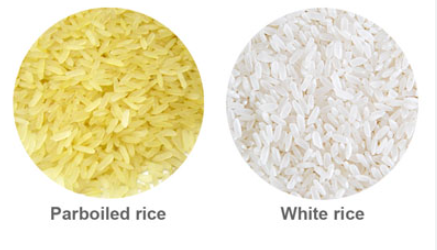
Appearance and Flavor
White Rice
White rice typically presents a bright white appearance because the milling process removes the husk and bran layers, making the rice grain cleaner and giving it a higher level of brightness.
Rice made from white rice is soft and delicate, easy to digest, and has a mild, slightly sweet taste that suits most people’s preferences.
Parboiled Rice
Parboiled rice naturally has a crystal-like appearance, with a honey or amber color. This is due to its unique processing method, where the husk and bran layers impart different hues to the rice during the hydrothermal treatment process.
Rice made from parboiling has a better texture, with a chewier bite and a more robust, natural grain flavor. It has a richer taste compared to white rice.
Cooking
White Rice
Before cooking white rice, it is usually rinsed to remove excess surface starch, typically until the water runs clear. This helps the grains cook up fluffier. White rice has had the bran and germ removed through a refining process, leaving it with a relatively loose starch structure. As a result, it is softer, absorbs water easily, and cooks quickly, typically in about 20 minutes.
Parboiled Rice
Parboiled rice usually requires soaking in water for 30 minutes to an hour before cooking. This allows the grains to absorb moisture and soften. During parboiling (a hydrothermal process applied before milling), nutrients from the husk and bran are driven into the endosperm, and the starch structure becomes firmer and more compact. This makes parboiled rice more resilient during cooking, requiring more time and water to fully cook, typically 25 to 30 minutes, or even longer, depending on the method.
Shelf Life and Storage
White Rice
During processing, the mill removes the outer layers of white rice, including the germ and bran, which lowers the fat content to just 0.2% per 100 grams of rice. This makes it less likely to go rancid. The storage time for regular white rice is between 6 to 12 months. However, the environment, especially humidity and temperature, can affect white rice during storage. If not stored properly or for too long, it can spoil or develop insects. Therefore, it should be kept in a dry, cool place.
Parboiled Rice
Steaming parboiled rice stabilizes its internal structure, kills most microbes, and reduces insect damage. They also dry it, which lowers its moisture content. As a result, it has a longer shelf life compared to white rice. It generally lasts for 12 to 18 months and rarely deteriorates. Due to these characteristics of parboiled rice, the storage conditions are more diverse and suitable for storage under different climatic conditions.
Health Benefits
White Rice
Because the outer bran layer and germ have been removed, white rice is easy to digest and has a high glycemic index, meaning it can quickly raise blood sugar levels, making it a good source of quick energy replenishment after physical labor. However, due to its low fiber content, it is digested rapidly. To maintain balanced nutrition and support gut health, it should be paired with fiber-rich foods. Otherwise, it may pose risks for people with diabetes and is not ideal for long-term digestive health on its own.
Parboiled Rice
During the parboiling process, heat and moisture drive water-soluble nutrients—such as natural vitamins, minerals, and dietary fiber—from the husk and bran layers into the inner endosperm. As a result, parboiled rice retains much of the nutritional value of the husk, germ, and endosperm. Its higher fiber content supports regular bowel movements and helps relieve constipation, which is common in low-fiber diets.
Another key advantage of parboiled rice is its low glycemic index (GI). Foods with a low GI are digested more slowly, providing a gradual release of energy and helping to stabilize blood sugar levels. This makes parboiled rice a particularly suitable option for individuals with diabetes or those seeking better blood sugar management.
Market Appeal
White Rice
White rice processing technology is well-established and cost-effective. In countries where rice is a staple food, such as China, Japan, South Korea, and India, people often prefer traditional white rice for its appearance and taste.
Parboiled Rice
As living standards continue to rise, people are increasingly seeking healthier dietary options. Parboiled rice is gaining popularity among consumers due to its high nutritional value and low glycemic response. It is especially well-suited for individuals with diabetes or those pursuing weight management goals, making it an ideal choice for health-conscious diets.
Looking ahead, as public awareness of nutrition and wellness continues to grow, parboiled rice is expected to capture a larger share of the market and become an essential part of daily meals for a growing number of people.
Wrap Up
As I mentioned earlier, both white rice and parboiled rice have their advantages. Whether you choose to process traditional white rice or modern parboiled rice depends on your target market and consumer needs. Whatever you choose, ANON offers the right equipment for both. Feel free to reach out for more information!
FAQ
Can diabetics eat parboiled rice?
During processing, parboiled rice has an optimized starch structure, a lower glycemic index, and slower sugar absorption, making it a suitable staple food for diabetics. Additionally, parboiled rice provides a stronger feeling of fullness, helping diabetics manage hunger during dietary control.
Which is better, parboiled or white rice?
Parboiled rice retains more vitamins and minerals than white rice. The parboiling process ensures that important nutrients like thiamine, niacin, and iron remain in the grain.
Why do people use parboiled rice?
Parboiled (Converted) Rice: Nutrition, Benefits, and Downsides
Parboiling rice improves its texture, increases its shelf life, and provides health benefits. Parboiled rice is higher in fiber and protein than white rice but is less nutritious than brown rice. Parboiled rice, also called converted rice, is partially precooked in its inedible husk before being processed for eating.
Is parboiled rice good for high blood pressure?
Hypertension leads to oxidative stress, inflammation, and fibrosis. The suppression of these indicators may be one treatment approach. Parboiled germinated brown rice (PGBR), obtained by steaming germinated Jasmine rice, reduces oxidative stress and inflammation in vivo.
Can I eat parboiled rice without cooking?
It’s not safe to eat uncooked rice. For your health, it’s important to enjoy rice that is always cooked, cooled, stored, and reheated safely.


